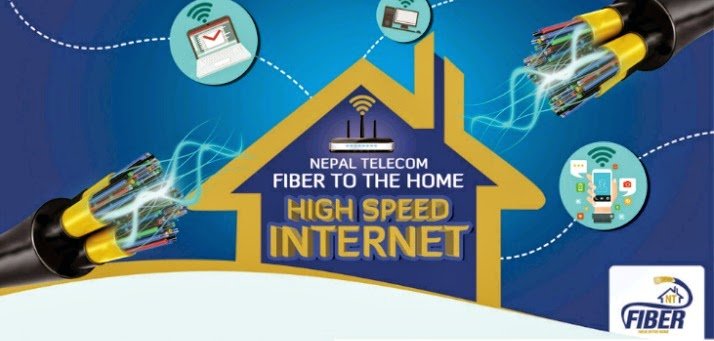Telecom authority NTA will regulate IoT/M2M communication services in Nepal. The authority has released ‘Draft Regulatory Framework for IoT/M2M Communication’ along with a numbering plan to accommodate its IoT and M2M monitoring policy.
NTA is also calling for advice and suggestions upon the framework in about 30 days.
SIM cards today are not just for communications between individuals over mobile phones. Its uses have expanded towards vehicle tracking, smart home gadgets, and telehealth, etc.
SIM cards for IoT or M2M devices are called IoT or M2M SIM cards respectively. Due to this, NTA has included a numbering plan in its regulatory policy on IoT/M2M communications. But, such services are also possible through broadband by ISPs, and Network Service Providers (NSP).
Indoor and Outdoor IoT/M2M
NTA’s holistic draft regulatory framework has categorized IoT/M2M services into two; Indoor and outdoor. The Indoor IoT/M2M refers to wired and wireless networks that cannot connect with the internet or intranet. Meanwhile, the outdoor IoT/M2M includes applications/services that require an internet/intranet connection.
NTA states that indoor IoT/M2M services need no permission for operations. However, outdoor IoT/M2M services will require a license from NTA.
Spectrum Provision
NTA has made a provision for spectrum for cellular and non-cellular IoT/M2M service. For the former, Mobile Service licensee and Basic Telecommunications Service licensee can offer the service.
As for non-cellular, license exempted bands for IoT, UWB, SRD and ISM bands as per NTA shall be available under conditions for IoT/M2M apps or services.
Check out: NTA Prepares for Unlicensed Spectrum|To Use Without Any Approval
Who Can Offer IoT/M2M Communication Services In Nepal?
NTA’s framework reads that the following companies can provide IoT/M2M services in Nepal:
- Authorized Telecom Service Providers (TSPs),
- Network Service Providers (NSPs),
- Internet Service Providers (ISPs),
- Authorized Iot/M2M service providers.
These authorized service providers will provide their IoT/M2M services as Value Added Service (VAS) providers.
For telecom companies, they can provide IoT/M2M service through SIM cards whose number must comply with National Numbering Plan. These SIMs should be strictly used for the IoT/M2M service only. NTA says that it might revise its numbering policy depending on the growth of IoT/M2M in the future. The authority ensures that it will offer international roaming if necessary.
Meanwhile, ISPs (non-cellular companies) in Nepal can provide the service based on IP Address (IPV6 preferable) and ISM band.
Do read: NTA Releases Rules To Implement Mobile Number Portability Soon In Nepal
User Data and Privacy
NTA has also made efforts to data security and privacy. Further, its framework reads that the servers and data of users should all stay within the territory of Nepal. It further states that the service provider must be responsible for any data leakage or breach and must report to NTA in 5 days if it ever occurs.
Besides, any terminal equipment which is used for the IoT/M2M service shall qualify by its Type Approval regulations and standardizations, NTA says.
IoT/M2M has entered Nepal and keeps spanning every part of our lives. As such devices involve more in our daily lives, their monitoring and regulations must also be imperative. NTA’s initiative into regulating IoT/M2M is as apt as it could.
Also read: NTA To Slash Mobile Interconnection Charges by 0.44 Paisa
Are you aware of the IoT and M2M ecosystem or just follow content with smartphones and basic gadgets in your life? Do share with us your opinion in the comments below.













